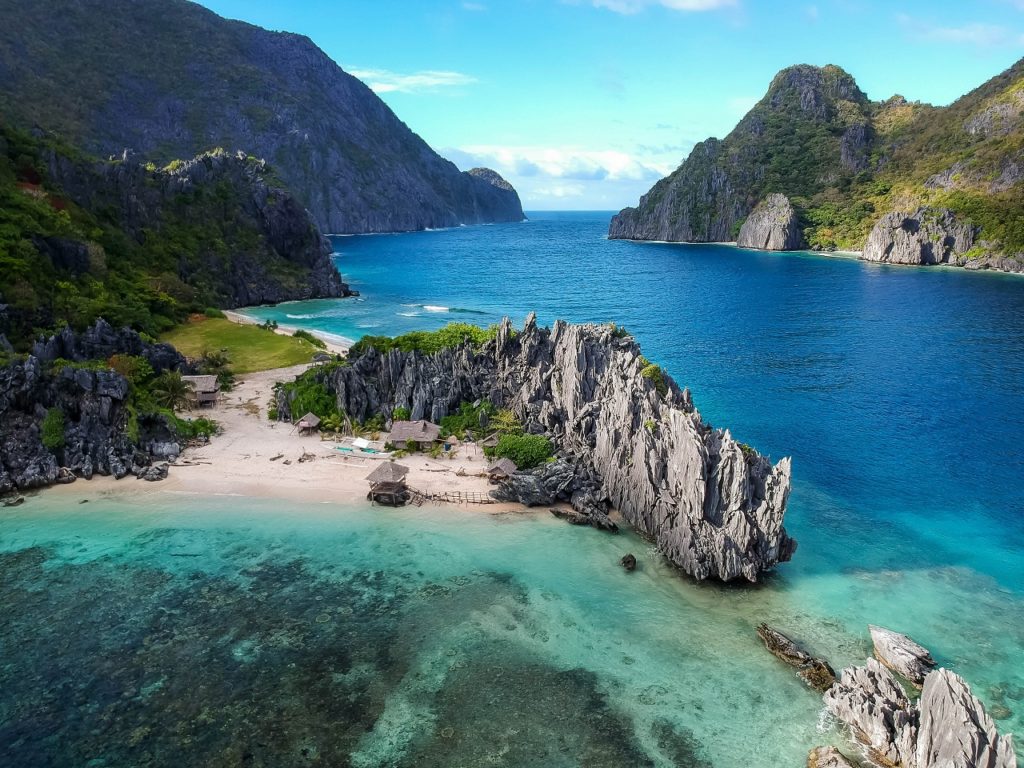The Philippine House of Representatives approved the therapeutic use of cannabis. For the regulations to take effect, the Senate must approve its version of the bill before it is submitted for ratification at a meeting of the bicameral committee. The document provides for the establishment of a special center that will be licensed by the Department of Health to possess and sell medical cannabis.
Therapeutic cannabis in the Philippines towards legalization


The approval of medical cannabis use might look like a small step, but it’s actually extremely important. Supporters of cannabis legalization for medical purposes in the Philippines achieved a virtual victory when the Dangerous Drugs Board (DDB) recently approved “in principle” a resolution to allow the use of cannabidiol (CBD) to relieve severe forms of epilepsy.
You can find more information about the cannabis industry and other important news in the cannabis sector with the Hemp.im app and its companion marijuana news website. Learn about potential opportunities in the rapidly changing cannabis sector and become familiar with leading professional investors focused on the cannabis industry.
The DDB is the government’s decision-making and strategy development body for the prevention and control of drug abuse. Among the hundreds of components of cannabis, CBD, a painkiller, is one of the two most active, the other is tetrahydrocannabinol (THC) which produces psychoactive effects.
CBD is backed by science


A report by the World Health Organization (WHO) states: “In humans, CBD does not show effects indicative of any potential for abuse or dependence. To date, there is no evidence of public health problems associated with the use of pure CBD.” There has been scientific evidence that CBD – derived from the hemp plant, a “cousin” of cannabis – relieves seizures in people with epilepsy.
One of the most recent studies was undertaken by Dr. Orrin Devinsky, Professor of Neurology, Neurosurgery, and Psychiatry at New York University (NYU) School of Medicine and Director of the Langone Global Epilepsy Center. “This new study adds rigorous evidence of the effectiveness of cannabidiol in reducing the convulsive burden in a severe form of epilepsy and, above all, it is the first study of its kind to offer more information on the correct dosage,” said Devinsky, whose results were published online on May, 17th 2018 in the New England Journal of Medicine.
Undersecretary Benjie Reyes, a permanent member of the DDB, told the researcher that the WHO recommended to the Commission on Narcotic Drugs (CND) – the counterpart of the DDB in the United Nations – to allow the reclassification of CBD-based products with 0.2% THC in the 1971 United Nations Convention on Psychotropic Substances as in Table 4, or substance with medical use currently accepted in treatment, with a low potential for abuse.
CBD approval in the United States
The Philippines is a signatory to the United Nations Convention on Psychotropic Drugs. In a rapid turn of events, in 2018, the US Drug Enforcement Agency approved the legal use of CBD-derived medicines with 0.1% THC. In the same year, the U.S. Food and Drug Administration (FDA) approved the legal use of Epidiolex, an oral solution of CBD produced by GW Pharmaceuticals, for the treatment of seizures associated with two rare and severe forms of epilepsy: Lennox-Gastaut syndrome and Dravet syndrome – in patients aged 2 years and older.
That is the first drug approved by the FDA that contains a purified substance derived from cannabis. It is also the first FDA approval of a drug for the treatment of patients with Dravet’s syndrome. “This approval serves as a reminder that the advancement of programs that correctly evaluate the active ingredients contained in cannabis can lead to important medical therapies. The FDA is committed to this kind of careful scientific research and drug development,” said FDA Commissioner Scott Gottlieb, who is a physician.
Who can benefit from medical cannabis legalization


According to estimates, Dr. Donnabel Cunanan, dentist and founding member and spokesperson of the Philippine Cannabis Compassion Society (PCCS), the House Bill’s chief legal counsel, reported that in 2014 there were about 250,000 children in the Philippines with epileptic disorder No. 279.
If this bill will be passed, the country will legalize and regulate the medical use of cannabis believed to have beneficial and therapeutic uses in the treatment of chronic or debilitating medical conditions.
Medical Cannabis Administration Centres (MCCCs) will also be established, authorized to sell, supply and distribute medical cannabis to qualified patients or their caregivers through authorized pharmacists.
There’s no need for a list
“Actually, our position is that there is no need for an ad hoc list,” said Reyes of DDB. “It can speed up the process if the legislator approves this list. We don’t have to wait for CND’s decision, because our local laws will take precedence.”
“Even without the law, as long as it’s in a medical form, CBD can be registered,” he said. “Just like opiates, morphine, and those are dangerous drugs, but in the form of medicine, they can be used. Cocaine is used for anesthesia.”
The DDB held public hearings with PCCS, specifically on the following points:
1) The reclassification of drugs containing CBD with no more than 0.1% THC from Annex 1 (no medical use currently accepted in treatment in the Philippines) and Annex 2 (currently accepted medical use) to Program 4 (currently accepted medical use in the Philippines and has a low potential for abuse);
2) Creation of guidelines for the resolution of the DDB Schedule entitled “Requirements for issuing a license to acquire, possess and use unregistered pharmaceutical products containing dangerous drugs for personal use.”
__
(Featured image by Cris Tagupa via Unsplash)
DISCLAIMER: This article was written by a third party contributor and does not reflect the opinion of Hemp.im, its management, staff or its associates. Please review our disclaimer for more information.
This article may include forward-looking statements. These forward-looking statements generally are identified by the words “believe,” “project,” “estimate,” “become,” “plan,” “will,” and similar expressions. These forward-looking statements involve known and unknown risks as well as uncertainties, including those discussed in the following cautionary statements and elsewhere in this article and on this site. Although the Company may believe that its expectations are based on reasonable assumptions, the actual results that the Company may achieve may differ materially from any forward-looking statements, which reflect the opinions of the management of the Company only as of the date hereof. Additionally, please make sure to read these important disclosures.
First published in DROGHE, a third-party contributor translated and adapted the article from the original. In case of discrepancy, the original will prevail.
Although we made reasonable efforts to provide accurate translations, some parts may be incorrect. Hemp.im assumes no responsibility for errors, omissions or ambiguities in the translations provided on this website. Any person or entity relying on translated content does so at their own risk. Hemp.im is not responsible for losses caused by such reliance on the accuracy or reliability of translated information. If you wish to report an error or inaccuracy in the translation, we encourage you to contact us.



Comments are closed for this post.